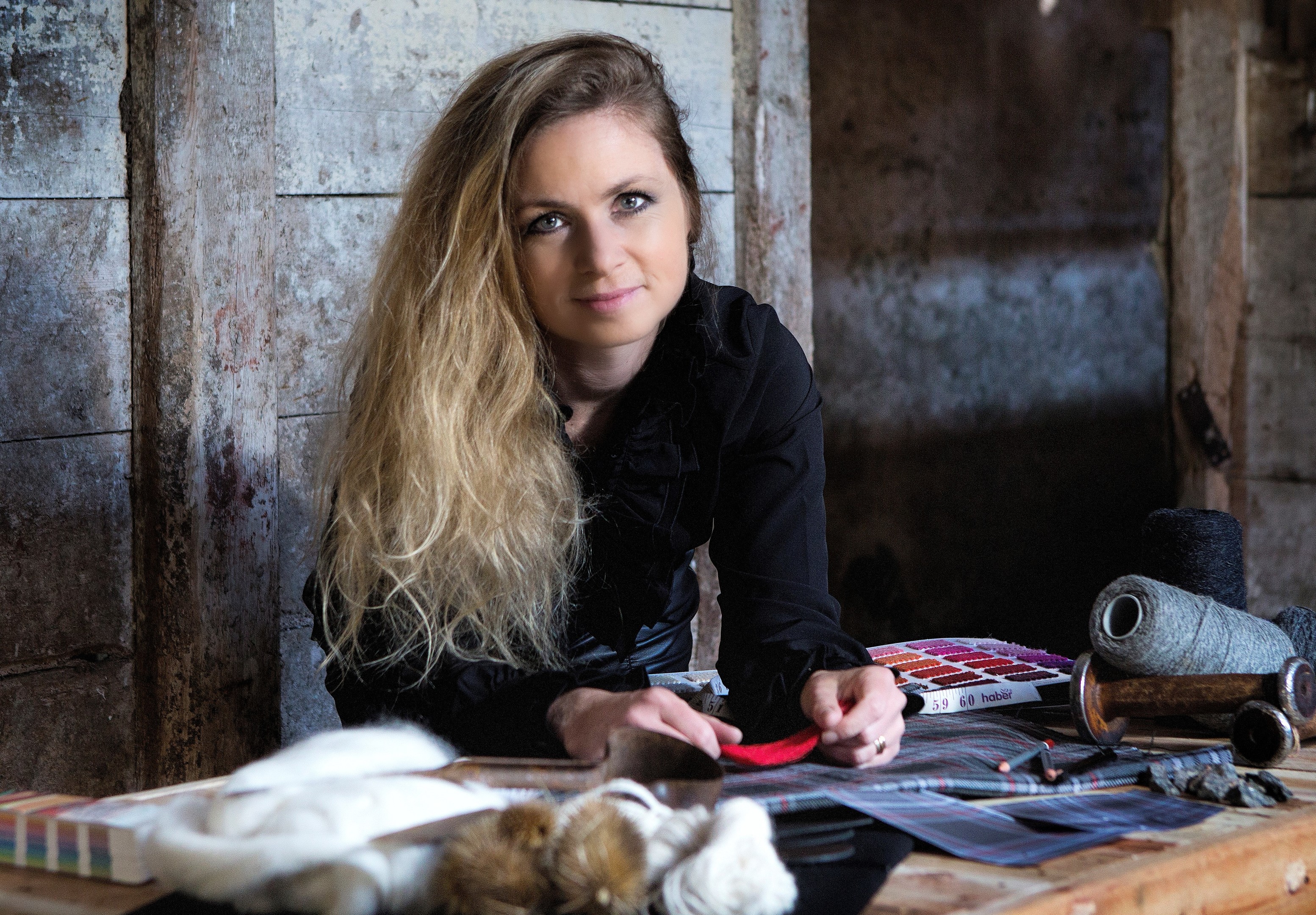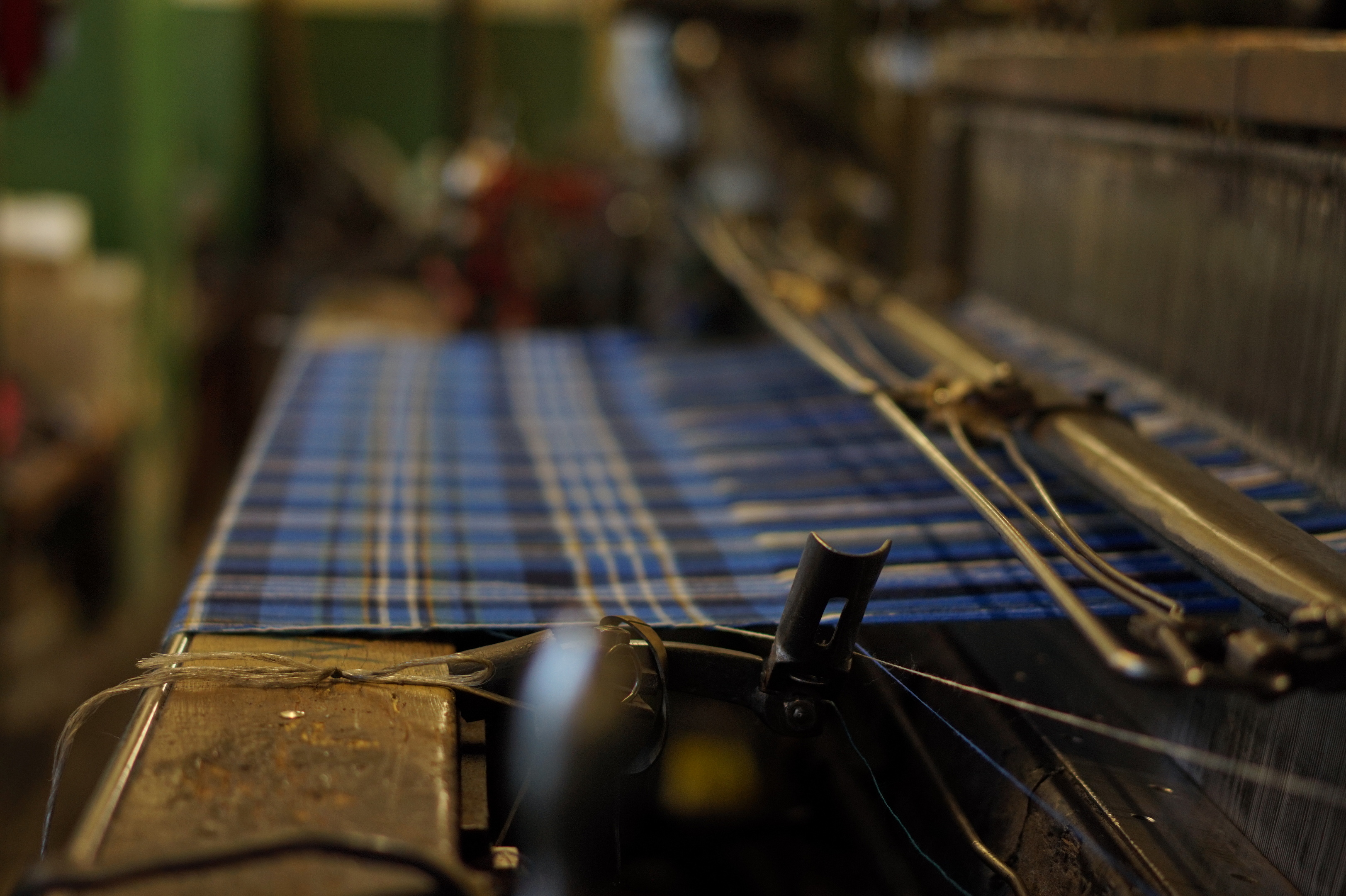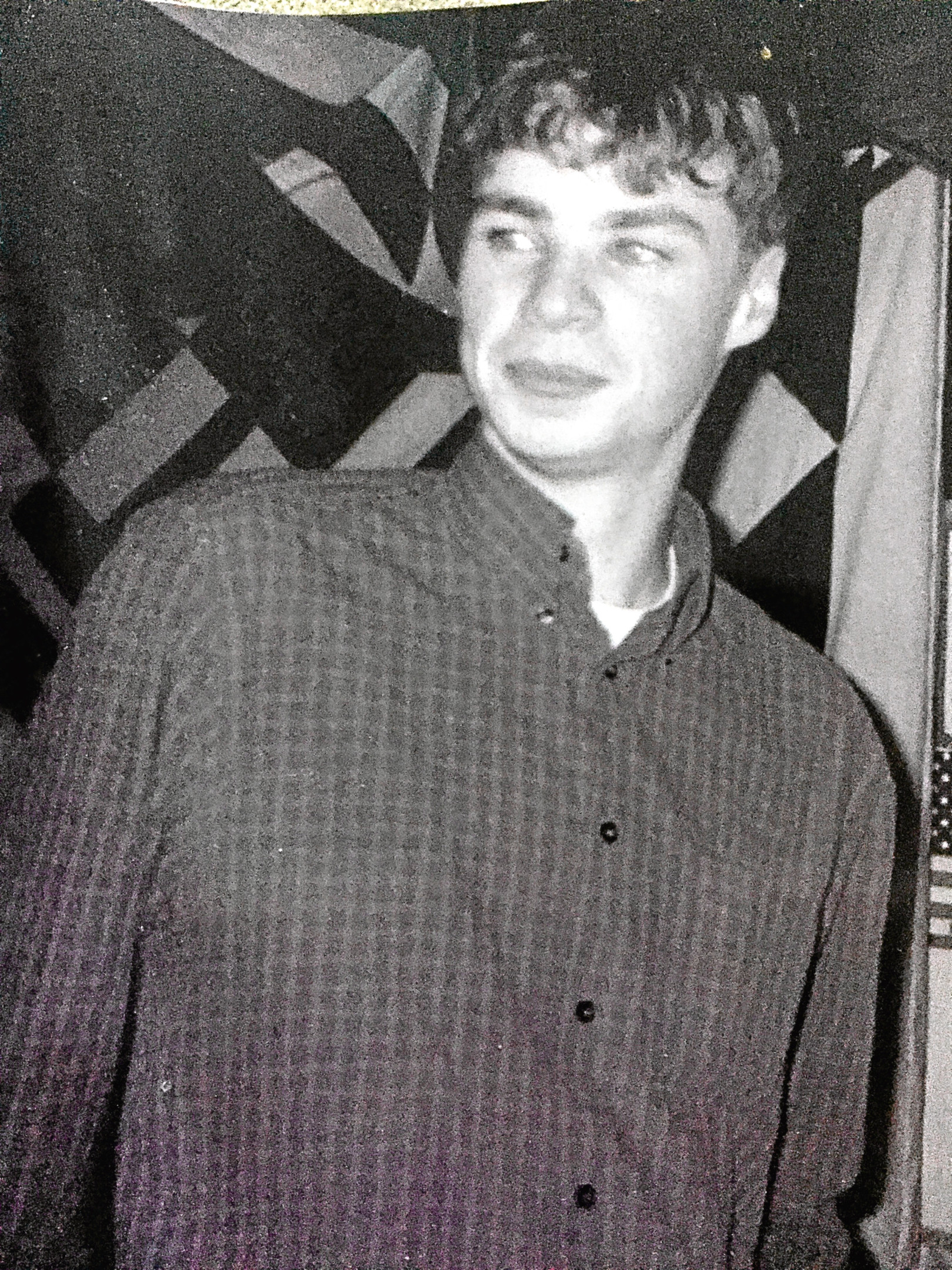
FOR centuries, tartan has been tightly woven into Scottish heritage, history and identity, with every thread binding us to the past.
The iconic cloth has gone from being banned during the Jacobite rebellions to gracing the world’s catwalks.
But, despite symbolising Highland heritage, the region has no dedicated tartan mills.
However, Clare Campbell, founder of a Highlands-based bespoke tartan design studio, is on a mission to return tartan weaving to its spiritual home.
The 39-year-old hopes to raise £500,000 to transform a farm steading near her home on the Black Isle into a tartan weaving mill.
“Given we have this amazing heritage, it’s ironic that there are no tartan weaving mills here,” said Clare.
So far, Clare has raised more than £55,000 towards building The Black House Mill thanks to her fundraising drive on crowdfunding platform, Kickstarter.
She’s confident it will be fully-funded by December, adding: “Everywhere I go, people are really interested.”
A number of textile mills still produce tartan across Scotland, including Johnston’s of Elgin and Lochcarron of Scotland, based in Selkirk.
The last to operate in the Highlands was Hunters of Brora, which closed in 2003 after more than 100 years of trading.
Clare, whose family have lived in the Black Isle for generations, said she could not find any trace of a mill in the Black Isle in historic title deeds.
Clare gave up a successful career in accountancy to launch her tartan textile firm, Prickly Thistle, two years ago but reveals the driving force behind her project is a personal one.
“Some experiences really shake the ground you walk on. For me, it was losing my brother Paul. He died in car accident when he was 19,” she said. “There were only 15 months between us, we were very close.
“In the last few years especially, something that developed quite strongly in me is this idea of belonging and identity.
“Tartan is a beautiful way to capture something really significant, like a loved one.”
She added: “Accountancy gave me the confidence to pursue this but losing Paul so young, that’s probably what’s given me the drive to pursue a project that is fairly ambitious.
“He reminds me life is short and you have to make the most of it.
“We loved where we grew up and had a strong connection to this area, so it’s really important that I stay close to him.
“The churchyard he’s buried in is nearby, so I can look across the firth and know he’s there, watching over me.”

While The Black Mill will champion a centuries-old craft, the tartan cascading from its looms will be truly modern.
Prickly Thistle produces bespoke tartan designs and products for a range of clients, including Skyscanner, Tomatin Distillery and Belladrum Estate, as well as individuals looking to commemorate a loved one or special occasion.
As a trustee of the Scottish Tartans Authority, Clare also ensures that each design is officially registered. She said: “I see our bespoke tartan as writing a future history. Two hundred years on we look at a tartan and think about its story and relevance.
“I think what we’re doing is just as relevant. It’s about what this new cloth will mean to someone else in another 200 years.”
Clare has personally invested £150,000 in the project and her vision for the mill initially includes four looms and six staff.
“It would be great if the mill can provide jobs and help keep people here and the traditions alive.”
Find out more at www.pricklythistlescotland.com

Enjoy the convenience of having The Sunday Post delivered as a digital ePaper straight to your smartphone, tablet or computer.
Subscribe for only £5.49 a month and enjoy all the benefits of the printed paper as a digital replica.
Subscribe